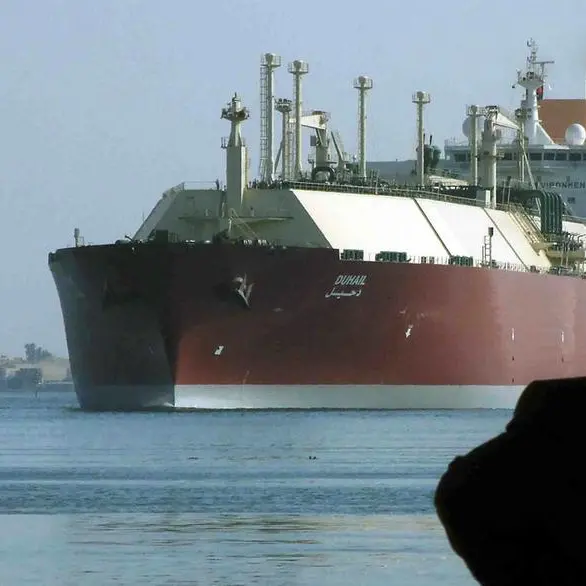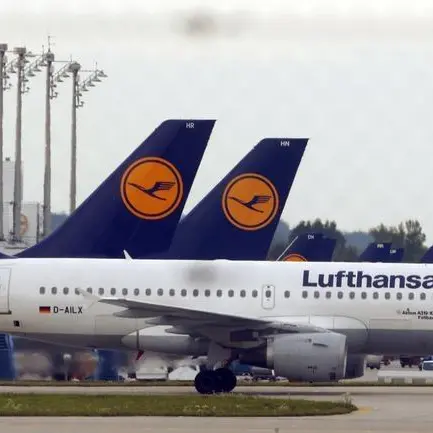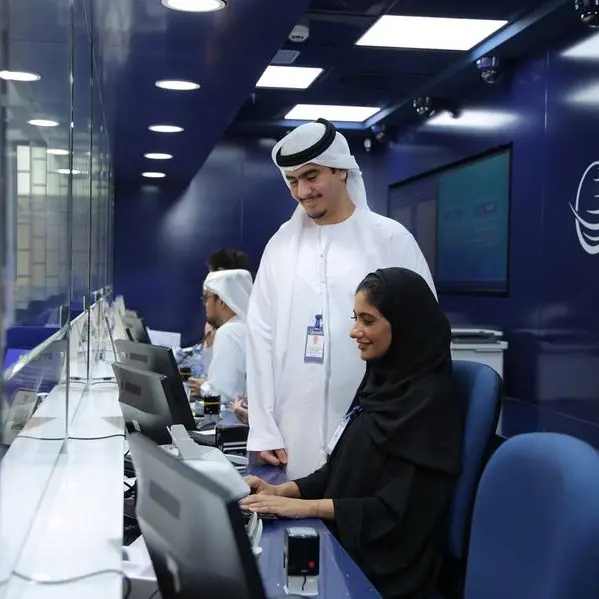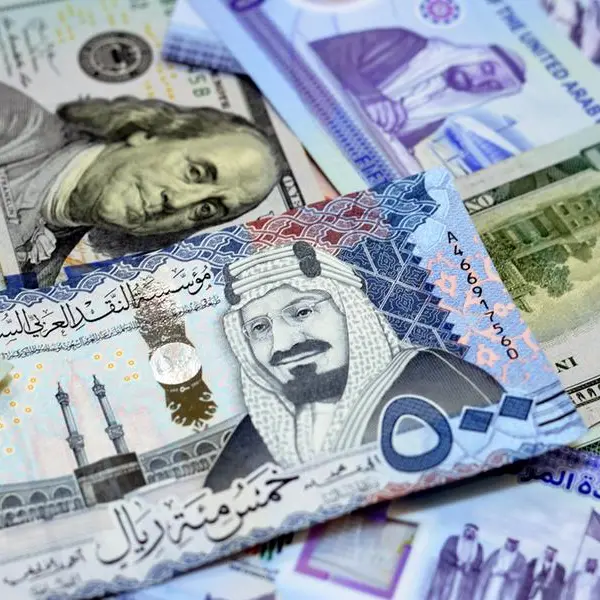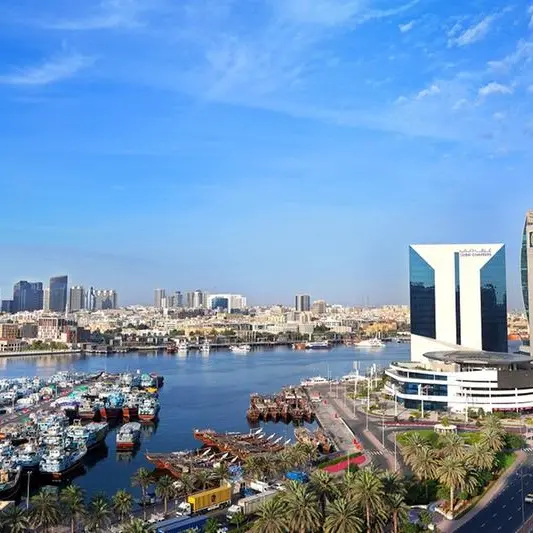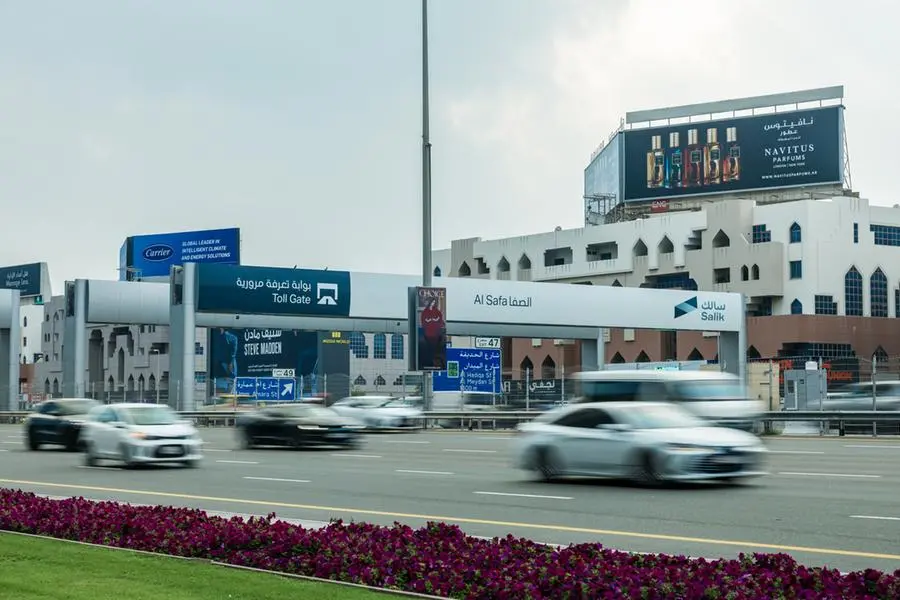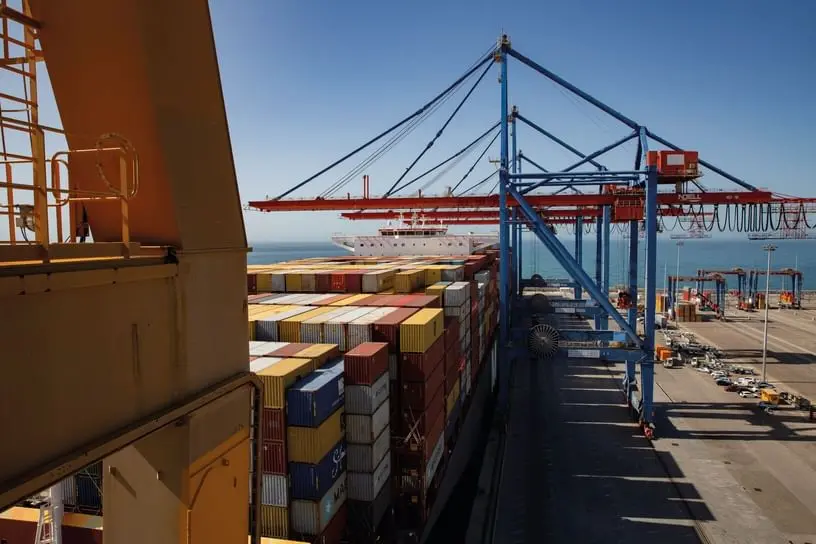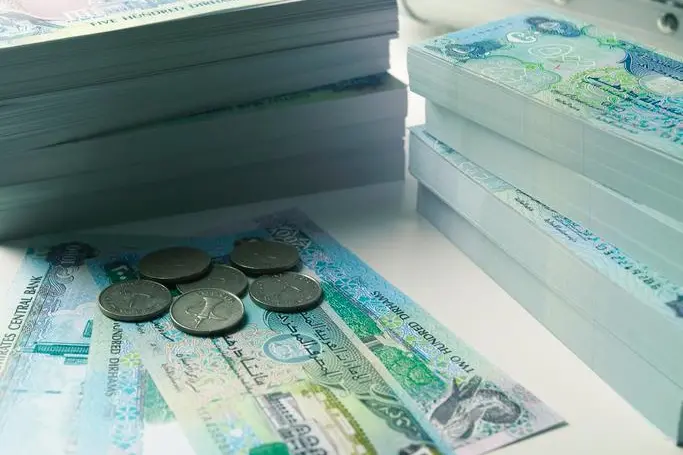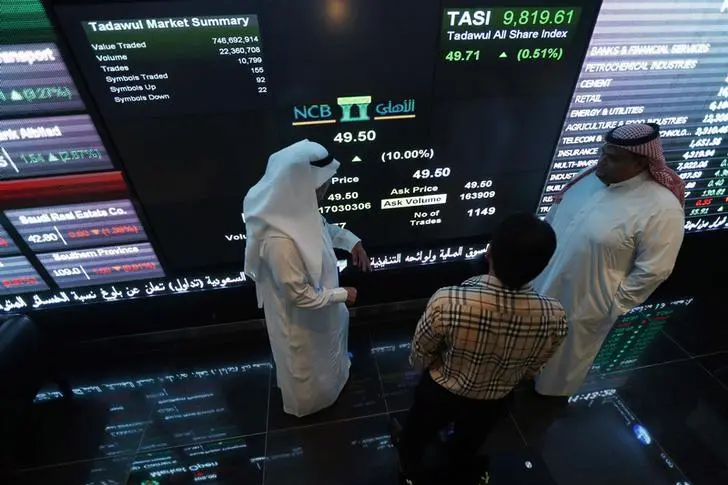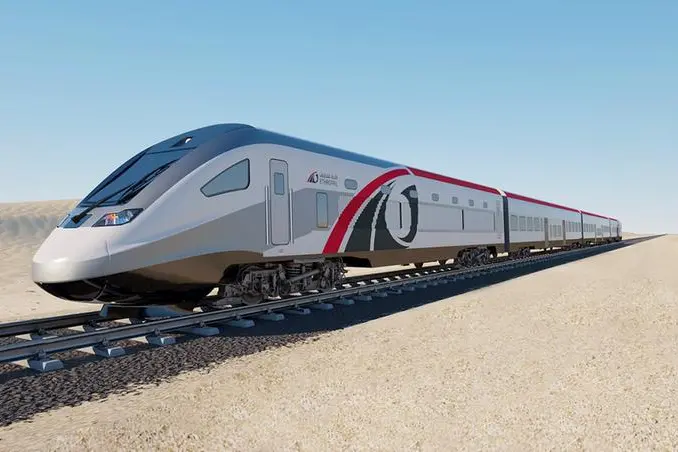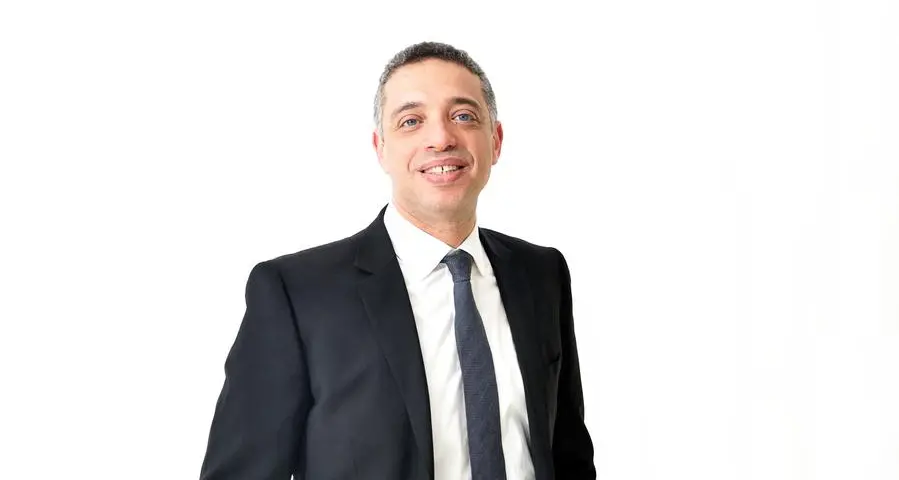PHOTO
Ramadan table with lantern
Qatar and Ras Al Khaimah were the only markets to show overall performance growth in local currency with increases in revenue per available room (RevPAR) of 2.0 per cent and 7.3 per cent, respectively, stated STR.
Ras Al Khaimah was the only market with significant growth in average daily rate (up 6.9 per cent), it added.
“For a majority of hoteliers in the Middle East, the month of Ramadan is seen as a period of waning hotel performance,” said Philip Wooller, STR’s area director for the Middle East and Africa.
“With the exception of the holy cities, demand for accommodation usually bottoms out compared with the rest of the year. That lack of demand extended to the aviation industry this Ramadan period with Emirates Airlines grounding 20 aircraft and British Airways cancelling its direct service between London and Abu Dhabi,” he noted.
In absolute values, Makkah and Madinah once again reported the highest Ramadan occupancy levels at 74 per cent and 73 per cent, respectively.
Other GCC markets reported almost flat or negative results during the Ramadan 2018 period. Abu Dhabi, Manama, Kuwait and Muscat reported a drop in occupancy levels for the period, with Muscat recording the lowest drop at 6.9 per cent. ADR and RevPAR levels were also down in this cities with Manama reporting a steep decline of 9.4 per cent (ADR) and 11.5 per cent (RevPAR).
“Hotel performance during Ramadan 2018 was mostly a continuation of year-to-date trends for most of the destinations in our analysis,” Wooller said.
“Performance was inferior to Ramadan 2017; however, there were highlights such as the occupancy increase in Dubai despite the new hotel supply that has entered the marketplace over the past year. Hotels in Qatar and Makkah also registered occupancy growth, but that came at a cost with significantly lower room rates,” he added. - TradeArabia News Service
Copyright 2014 www.tradearabia.com
Copyright 2018 Al Hilal Publishing and Marketing Group Provided by SyndiGate Media Inc. (Syndigate.info).

